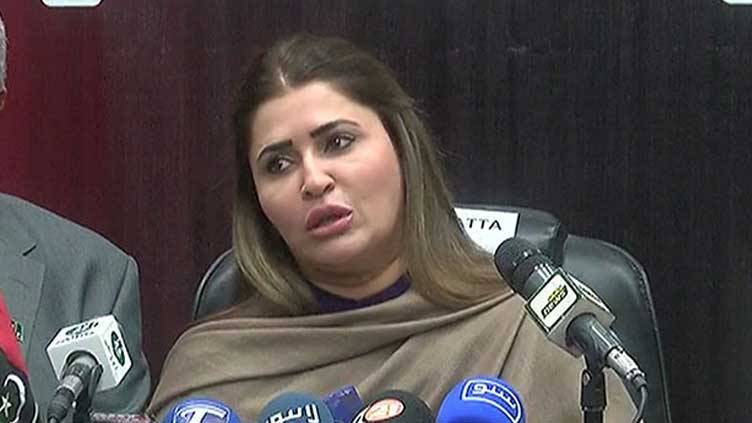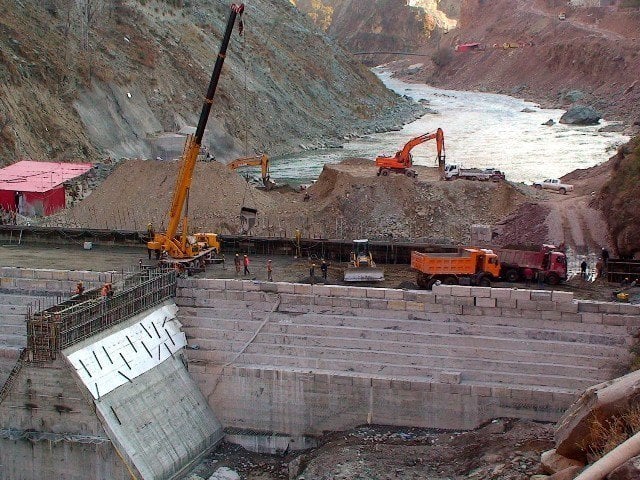PTBP Web Desk
Federal and provincial governments for budgetary support have dramatically decreased. During the first five months of the current fiscal year (FY25), a record payoff of over Rs 2 trillion has been achieved, highlighting an improved fiscal strategy and financial management.
This notable reduction aligns with the transfer of Rs 3 trillion in profits from the State Bank of Pakistan (SBP) to the federal government, providing a much-needed financial cushion to retire outstanding borrowings from commercial banks. Economists have praised this development, citing it as an indicator of enhanced fiscal discipline. This trend is expected to positively influence Pakistan’s financial stability moving forward.
Federal and Provincial Borrowing Trends
The State Bank of Pakistan (SBP) recently reported a significant decline in government borrowings for budgetary support. From July to November of FY25, the federal and provincial governments collectively retired Rs 2.018 trillion to scheduled banks, a stark contrast to the Rs 2.89 trillion borrowed during the same period in the previous fiscal year (FY24).
Federal Government’s Borrowing Behavior
The federal government has actively repaid its debts to scheduled banks, marking a significant improvement in financial management. Between July and November 2024, it retired Rs 1.575 trillion in borrowings, a sharp decline from the Rs 3.4 trillion borrowed during the same period in FY24.
Interestingly, while repaying scheduled banks, the federal government made fresh borrowings from the SBP. It borrowed Rs 31.6 billion for budgetary support during FY25’s first five months, compared to repaying Rs 450 billion to the SBP in the same period last year.
Provincial Governments’ Contributions
The provincial governments collectively retired Rs 449 billion, which included Rs 351 billion to the SBP and Rs 98 billion to scheduled banks. Breaking it down further:
- Balochistan repaid Rs 35 billion.
- Khyber Pakhtunkhwa returned Rs 110 billion.
- Sindh retired Rs 106 billion.
- Punjab repaid Rs 99 billion.
These repayments reflect a joint effort by both federal and provincial governments to streamline fiscal operations and reduce dependency on borrowed funds.
Private Sector Credit Growth
As government borrowings decreased, banks shifted their focus towards private sector lending. To meet the federal government’s Advance to Deposit Ratio (ADR) requirements of 50%, and avoid additional taxation, banks aggressively increased credit to the private sector.
During the first five months of FY25, private sector credit surged to Rs 1.148 trillion, a stark contrast to a Rs 33.2 billion retirement during the same period last year. This development is expected to stimulate economic growth and provide private businesses with the necessary capital to expand their operations.
Future Borrowing Plans
Despite this progress, the federal government remains reliant on borrowing to meet its fiscal needs. On Tuesday, the SBP released two auction calendars to raise Rs 7.6 trillion through short-term and long-term government securities over the next three months (December 2024 to February 2025).
Short-Term Borrowing
An estimated Rs 3.8 trillion will be raised through the sale of 3-month, 6-month, and 12-month Market Treasury Bills (MTBs).
Long-Term Borrowing
Another Rs 3.8 trillion is expected to be generated through the sale of long-term Pakistan Investment Bonds (PIBs).
This dual approach indicates the government’s intent to maintain liquidity while gradually reducing its reliance on short-term commercial bank borrowings.
Economic Implications
The significant reduction in government borrowings for budgetary support signals a positive shift in Pakistan’s fiscal strategy. The transfer of SBP’s profits has provided the federal government with the means to reduce its reliance on scheduled banks.
Additionally, the growth in private sector credit is a promising development, as it reflects increased confidence in the economic environment and paves the way for robust business activities. However, the government’s continued need for borrowing highlights the importance of sustainable fiscal policies to ensure long-term stability.




